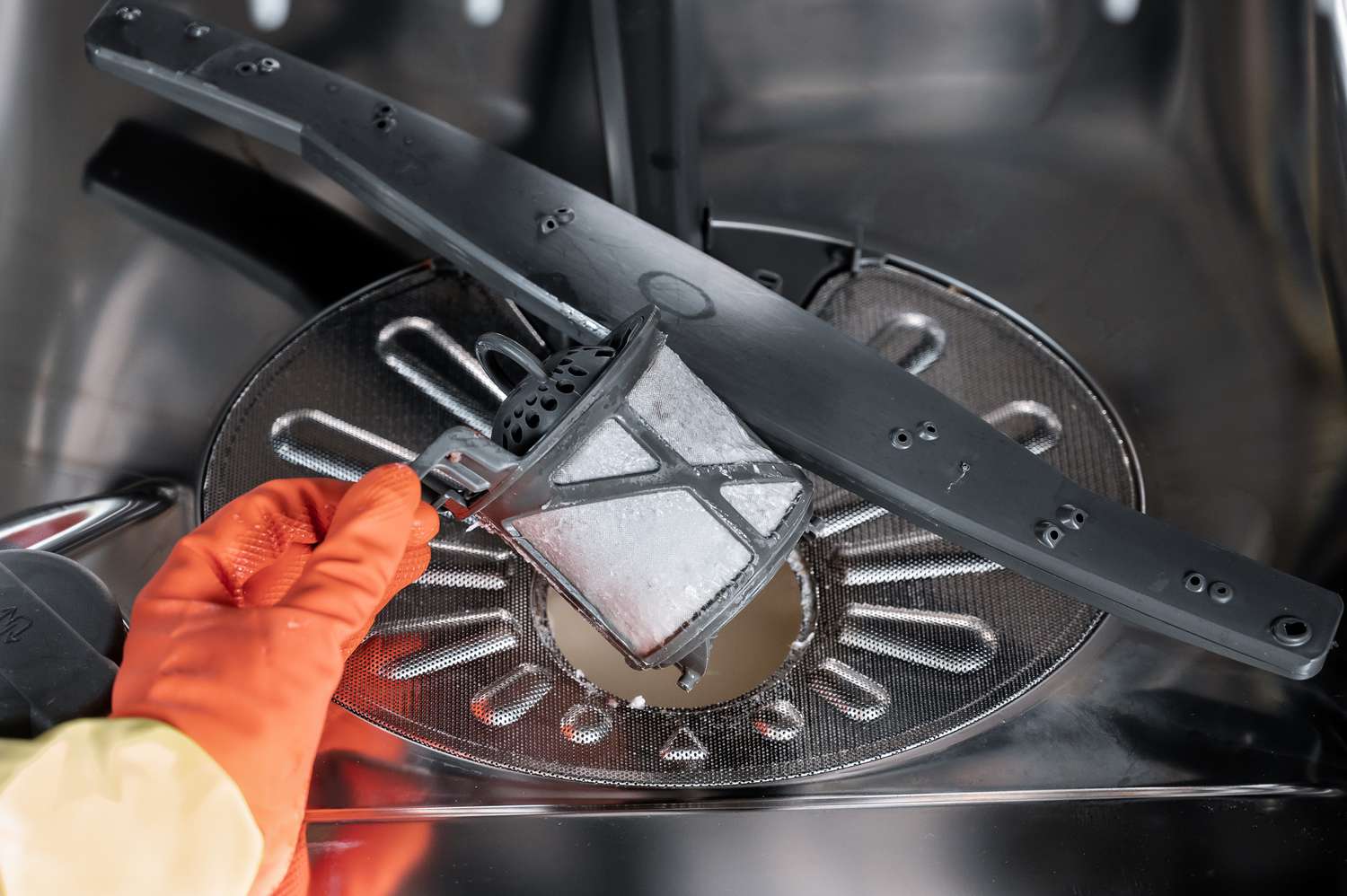

Articles
How To Clean The Dishwasher Filter
Modified: December 6, 2023
Learn how to clean the dishwasher filter effectively with our informative articles, ensuring your dishwasher functions at its best.
(Many of the links in this article redirect to a specific reviewed product. Your purchase of these products through affiliate links helps to generate commission for Storables.com, at no extra cost. Learn more)
Introduction
Welcome to our comprehensive guide on how to clean the dishwasher filter. If you’ve noticed that your dishwasher isn’t cleaning as effectively as it used to or emitting unpleasant odors, chances are your dishwasher filter is in need of a good cleaning. The dishwasher filter plays a vital role in preventing food debris, grease, and other particles from clogging the dishwasher’s drain pump or causing damage to the dishwasher itself.
Regular maintenance and cleaning of the dishwasher filter not only ensure optimal performance but also extend the lifespan of your appliance. In this article, we will provide step-by-step instructions on how to clean the dishwasher filter, helping you keep your dishwasher running smoothly and your dishes sparkling clean.
Key Takeaways:
- Regularly cleaning the dishwasher filter prevents clogs, improves cleaning performance, and extends the lifespan of your appliance. It also eliminates unpleasant odors and ensures consistent water flow, resulting in sparkling clean dishes.
- Properly preparing, removing, cleaning, and reinstalling the dishwasher filter is crucial for optimal performance. Testing the dishwasher after cleaning ensures that the filter is working effectively and the appliance is operating at its best.
Read more: How To Clean Filter On Kitchenaid Dishwasher
Why Cleaning the Dishwasher Filter is Important
Many people underestimate the importance of regularly cleaning the dishwasher filter. However, neglecting this task can lead to a range of issues that can affect the performance and lifespan of your dishwasher. Here are some key reasons why cleaning the dishwasher filter is crucial:
- Prevents clogs: The dishwasher filter is responsible for trapping food particles, debris, and other residues that are left behind after each wash cycle. Over time, these particles can accumulate and clog the filter, affecting the dishwasher’s ability to drain properly. By cleaning the filter regularly, you can prevent clogs and ensure that the dishwasher functions efficiently.
- Improves cleaning performance: A dirty dishwasher filter can impair the cleaning performance of your appliance. When the filter is clogged or coated with grime, it may not allow water to flow freely, leading to inadequate cleaning of your dishes. By cleaning the filter, you can remove any build-up that may hinder the spray arm and ensure that water is distributed evenly, resulting in cleaner and shinier dishes.
- Prevents unpleasant odors: Food particles and residue that accumulate in the dishwasher filter can emit a foul smell. This odor can transfer onto your dishes and make them smell unpleasant even after a wash cycle. Regularly cleaning the filter helps to eliminate any trapped food particles and prevents the formation of mold or bacteria that can cause bad smells.
- Extends the lifespan of your dishwasher: A dirty and clogged dishwasher filter can put additional strain on other parts of the dishwasher, such as the pump or the spray arm. This increased workload can lead to premature wear and tear, resulting in costly repairs or even the need for a replacement dishwasher. By cleaning the filter regularly, you can prevent such issues and extend the lifespan of your appliance.
Note: The frequency of cleaning the dishwasher filter may vary depending on the usage and the amount of food debris that typically enters the dishwasher. It is recommended to clean the filter at least once every month or as indicated in the manufacturer’s instructions.
Common Signs of a Dirty Dishwasher Filter
Identifying the signs of a dirty dishwasher filter is important to ensure that you clean it promptly and maintain the overall performance of your dishwasher. Here are some common signs that indicate your dishwasher filter needs cleaning:
- Dirty or cloudy dishes: If your dishes are coming out of the dishwasher still dirty or covered in a cloudy film, it could be a sign that the dishwasher filter is clogged. A dirty filter can prevent proper water flow and result in ineffective cleaning.
- Slow drainage: If you notice that your dishwasher is taking longer than usual to drain water after a cycle, it may be due to a clogged dishwasher filter. A dirty filter can restrict the flow of water and interfere with the drainage process.
- Unpleasant odor: A foul smell coming from your dishwasher is a clear indication that the dishwasher filter needs cleaning. Food particles and debris that get trapped in the filter over time can produce a pungent odor that can transfer to your dishes.
- Noisy operation: A dishwasher with a dirty filter may produce unusual noises such as grinding or rattling sounds. This can occur when the filter is partially obstructed, causing the dishwasher’s components to work harder and create more noise.
- Poor water flow: When the dishwasher filter becomes clogged, it can disrupt the flow of water throughout the dishwasher. This can result in inconsistent water pressure, weak spray arm performance, and ineffective rinsing of dishes.
- Visible debris in the dishwasher: If you notice small food particles or debris inside your dishwasher, especially near the filter or spray arms, it is a clear indication that the filter needs cleaning. These visible signs of debris can accumulate over time and interfere with the dishwasher’s efficiency.
By keeping an eye out for these common signs, you can identify when it is time to clean your dishwasher filter. Regular maintenance and cleaning will help ensure that your dishwasher continues to operate smoothly and efficiently, while providing you with clean and spotless dishes.
Step 1: Gather Necessary Supplies
Before you begin the process of cleaning the dishwasher filter, it’s important to gather all the necessary supplies. Having everything on hand will make the process more efficient and ensure that you have everything you need. Here is a list of supplies you will need:
- Gloves: It’s recommended to wear gloves to protect your hands from any debris or grime that may be present in the dishwasher filter.
- Towels or rags: Keep some towels or rags nearby to clean up any water or spills that may occur during the cleaning process.
- Screwdriver (if required): Depending on the model of your dishwasher, you may need a screwdriver to remove any screws or panels that secure the filter in place. Check the manufacturer’s instructions to determine if a screwdriver is needed.
- Dish soap: Use a mild dish soap to clean the filter and remove any grease or residue that may have accumulated.
- Toothbrush or small brush: A toothbrush or small brush can be useful for scrubbing and removing stubborn debris from the filter.
- Running water: You will need access to running water to rinse off the filter and clean it thoroughly.
Ensure that all the supplies are within reach before you start cleaning the dishwasher filter. This will save you time and effort as you move through the steps of the cleaning process. With the necessary supplies in hand, you’re ready to move on to the next step – preparing the dishwasher for cleaning.
Step 2: Prepare the Dishwasher
Before you can begin cleaning the dishwasher filter, it’s important to prepare the dishwasher for the cleaning process. This step will help ensure that the cleaning is effective and prevents any potential damage to the dishwasher. Follow these steps to prepare the dishwasher:
- Turn off the dishwasher: Start by turning off the dishwasher and unplugging it from the power source. This is a safety precaution to avoid any electrical accidents while you are cleaning the filter.
- Empty the dishwasher: Remove any dishes, utensils, or other items from the dishwasher. Make sure the dishwasher is completely empty before proceeding with the cleaning process. This will provide you with easier access to the filter and prevent any interference during cleaning.
- Inspect the dishwasher: Take a moment to inspect the interior of the dishwasher for any visible debris or large food particles. If you notice any, use a paper towel or a sponge to remove them. This will prevent any loose debris from clogging the filter or impeding the cleaning process.
- Check the user manual: Consult the user manual or manufacturer’s instructions for specific guidance on how to remove the filter from your dishwasher model. Different dishwasher models may have variations in terms of accessing and removing the filter. Familiarize yourself with the instructions before proceeding to the next step.
By properly preparing the dishwasher, you set the stage for an effective and efficient cleaning process. This step ensures that you have a clear workspace and reduces the risk of any damage to your dishwasher. Once you have prepared the dishwasher, you can move on to the next step – removing and locating the dishwasher filter.
Read more: How To Clean Filter On Maytag Dishwasher
Step 3: Remove and Locate the Dishwasher Filter
Now that you have prepared the dishwasher, it’s time to remove and locate the dishwasher filter. The filter is typically located at the bottom of the dishwasher and may be secured with screws or a locking mechanism. Follow these steps to remove and locate the dishwasher filter:
- Refer to the user manual: Consult the user manual or manufacturer’s instructions for specific guidance on how to remove the filter from your dishwasher model. Different dishwasher models may have variations in terms of accessing and removing the filter. The manual will provide you with detailed instructions and illustrations to guide you through the process.
- Open the dishwasher: Open the dishwasher door completely and locate the filter area. The filter is usually positioned at the bottom, near the back of the dishwasher. It may be covered with a removable mesh or grille that needs to be lifted or unscrewed.
- Remove any obstructions: If there are any dishes or utensils blocking access to the filter, remove them to ensure a clear path. This will allow you to easily remove the filter without any hindrance.
- Unlock or unscrew the filter: Depending on your dishwasher model, you may need to unlock or unscrew the filter to remove it. Follow the instructions provided in the user manual or use the appropriate tool, such as a screwdriver, to detach the filter from its housing. Be gentle to avoid any damage to the filter or dishwasher.
- Set the filter aside: Once you have successfully removed the filter, set it aside on a clean surface. Take a moment to inspect the filter for any visible debris or dirt. This will help you determine the level of cleaning required.
By carefully following these steps, you can successfully remove and locate the dishwasher filter. Having the filter in hand allows you to proceed to the next step – cleaning the filter under running water.
To clean the dishwasher filter, remove it from the bottom of the dishwasher and rinse it under running water to remove any debris and buildup. Use a soft brush to gently scrub away any stubborn residue. Reinstall the filter and run a cleaning cycle with a dishwasher cleaner to ensure it’s thoroughly clean.
Step 4: Clean the Filter Under Running Water
Now that you have removed the dishwasher filter, it’s time to clean it thoroughly under running water. This step will help remove any built-up food debris, grease, and residue that may have accumulated in the filter. Follow these steps to clean the dishwasher filter:
- Rinse the filter: Hold the filter under running water to rinse off any loose debris or particles. Use your hands to gently rub the filter, ensuring that all sides are thoroughly rinsed. This initial rinse will help remove surface-level dirt and make the subsequent cleaning more effective.
- Use dish soap: Apply a small amount of mild dish soap to a sponge or toothbrush. Use the sponge or brush to scrub the filter, paying close attention to the mesh or crevices where debris tends to accumulate. Scrub gently but firmly to dislodge any stubborn dirt or grime.
- Pay attention to the nooks and crannies: Take extra care to clean any corners, edges, or small openings on the filter. These areas are prone to trapping food particles and debris, so thorough cleaning is essential. Use the toothbrush or a small brush to reach into tight spaces and remove any remaining residue.
- Rinse again: Once you have thoroughly scrubbed the filter, rinse it again under running water to remove any soap residue or remaining debris. Ensure that all traces of soap are removed to avoid any interference with the dishwasher’s performance during the next cycle.
- Inspect for any damage: While cleaning the filter, take a moment to inspect it for any signs of damage or wear. Look for any cracks, holes, or loose parts that may indicate the need for a replacement filter. If you notice any significant damage, consider contacting the manufacturer for assistance.
By following these steps, you can effectively clean the dishwasher filter under running water. Thoroughly removing debris and residue will help restore the filter’s functionality and ensure the proper operation of your dishwasher. With the filter clean and ready, it’s time to move on to the next step – inspecting and cleaning the filter housing.
Step 5: Inspect and Clean the Filter Housing
After cleaning the dishwasher filter, it’s important to inspect and clean the filter housing. The filter housing is the area where the filter is located and can accumulate dirt, debris, and residue over time. Cleaning the filter housing ensures that it is free from any obstructions that could impede water flow. Follow these steps to inspect and clean the filter housing:
- Inspect the filter housing: Take a moment to visually inspect the filter housing for any visible dirt, food particles, or debris. Use a flashlight if necessary to get a clear view of the inside. Pay close attention to corners, edges, and nooks where build-up may occur.
- Remove any debris: Use a damp cloth, sponge, or a toothbrush to wipe away any loose debris or residue from the filter housing. Be gentle to avoid damaging any components. Ensure that you remove all remnants of dirt and grime, paying particular attention to hard-to-reach areas.
- Clean with vinegar solution: For a deeper clean, you can create a vinegar solution by combining equal parts white vinegar and water. Dip a cloth or sponge into the solution and wipe down the filter housing, focusing on areas with stubborn residue or stains. The vinegar helps to break down grease and remove any lingering odors.
- Rinse the housing: Once you have cleaned the filter housing with the vinegar solution, rinse it thoroughly with clean water. This will help remove any residual vinegar or remaining debris. Ensure that all traces of the cleaning solution are removed to prevent any unwanted interaction with the dishwasher’s components.
- Dry the housing: Use a dry cloth or towel to thoroughly dry the filter housing. Moisture can promote the growth of mold or bacteria, so it’s important to ensure that the housing is completely dry before reassembling the filter and reinstalling it in the dishwasher.
By following these steps, you can effectively inspect and clean the filter housing. This will help maintain the cleanliness and functionality of the filter system, ensuring optimal performance of your dishwasher. With the filter housing cleaned, it’s time to move on to the next step – reassembling the filter and reinstalling it in the dishwasher.
Step 6: Reassemble the Filter and Reinstall it in the Dishwasher
Now that you have cleaned the dishwasher filter and its housing, it’s time to reassemble the filter and reinstall it back into the dishwasher. Follow these steps to properly reassemble the filter and ensure it is securely positioned in the dishwasher:
- Dry the filter: Before reassembling, ensure that the filter is completely dry. Excess moisture can hinder the performance of the filter and promote the growth of mold or bacteria. Use a towel or cloth to thoroughly dry the filter.
- Align the filter: Align the filter correctly in the filter housing. Follow the manufacturer’s instructions or refer to the user manual to ensure the correct orientation of the filter. It should fit snugly in the housing, without any gaps or misalignments.
- Secure the filter: If your dishwasher model requires it, secure the filter in place using the provided screws or locking mechanism. Ensure that all fasteners are properly tightened, but be careful not to overtighten to avoid damage to the filter or dishwasher.
- Double-check the installation: Take a moment to double-check that the filter is securely installed in the dishwasher. Gently give it a slight tug to ensure it is locked in place and doesn’t come loose during operation. A properly installed filter is essential for optimal dishwasher performance.
- Reinstall any accessories: If you had removed any accessories or parts during the cleaning process, such as the removable mesh or grille, make sure to reattach them to their original position. These accessories help prevent larger debris from entering the dishwasher and protect the filter.
By following these steps, you can successfully reassemble the dishwasher filter and reinstall it back into the dishwasher. Properly securing the filter ensures its stable position and allows for effective filtration and cleaning. With the filter reinstalled, you are now ready to move on to the final step – testing the dishwasher to ensure proper functioning.
Read more: How To Clean Samsung Dishwasher Filter
Step 7: Test the Dishwasher
After cleaning and reinstalling the dishwasher filter, it’s important to test the dishwasher to ensure that it is functioning properly. This step allows you to verify that the filter is working effectively and that there are no issues with the dishwasher’s performance. Follow these steps to test the dishwasher:
- Close the dishwasher door: Make sure the dishwasher door is securely closed before proceeding with the test. This ensures that the dishwasher operates as intended.
- Select a wash cycle: Choose a standard wash cycle or the cycle you typically use for your dishes. Start the dishwasher and allow it to run through a full cycle, including the pre-wash, wash, rinse, and dry phases.
- Observe the dishwasher: Pay close attention to the dishwasher’s performance during the cycle. Look for any signs of leakage, abnormal noises, or error messages on the control panel. These can indicate potential issues that may require further attention.
- Check the cleanliness of dishes: Once the cycle is complete, open the dishwasher and inspect the dishes. Ensure that they are clean, free from food residues, and have a sparkling appearance. This indicates that the dishwasher filter is effectively catching and removing debris.
- Inspect the filter after testing: After testing the dishwasher, take a moment to check the filter again. Ensure that it is still securely in place and that there are no signs of debris or blockages. This will give you peace of mind that the filter is functioning properly.
By following these steps and testing the dishwasher, you can ensure that the cleaning process was successful and that the dishwasher is operating at its best. If you encounter any issues during the test, refer to the manufacturer’s instructions or consider seeking professional assistance to address the problem.
With the test complete, you have successfully cleaned and tested the dishwasher. Regularly repeat these cleaning steps to maintain optimal performance and keep your dishes sparkling clean with every wash.
Conclusion
Cleaning the dishwasher filter is an essential maintenance task that shouldn’t be overlooked. Regularly cleaning the filter ensures that your dishwasher performs at its best, effectively removes food debris, and leaves your dishes sparkling clean. By following the step-by-step guide outlined in this article, you can easily clean the dishwasher filter and maintain the overall performance of your dishwasher.
Throughout the cleaning process, remember to wear gloves to protect your hands and gather all the necessary supplies beforehand. Take the time to prepare the dishwasher, remove and locate the filter, and clean it under running water with dish soap. Additionally, inspect and clean the filter housing to ensure proper water flow. Reassembling and reinstalling the filter correctly is crucial for optimal performance. Finally, test the dishwasher to ensure that it is working effectively and that the filter is doing its job.
Regularly cleaning the dishwasher filter not only improves the cleaning performance but also extends the lifespan of your dishwasher. It prevents clogs, eliminates unpleasant odors, and ensures consistent water flow. By maintaining a clean filter, you can enjoy clean dishes without the frustration of residue or odors.
Remember to consult the user manual or manufacturer’s instructions specific to your dishwasher model for detailed guidance. If you encounter any issues or difficulties, don’t hesitate to seek professional assistance or contact the manufacturer for support.
Incorporate regular cleaning of the dishwasher filter into your routine to keep your dishwasher running smoothly and efficiently. With a clean filter, you can enjoy the convenience and effectiveness of a well-maintained dishwasher for years to come.
Frequently Asked Questions about How To Clean The Dishwasher Filter
Was this page helpful?
At Storables.com, we guarantee accurate and reliable information. Our content, validated by Expert Board Contributors, is crafted following stringent Editorial Policies. We're committed to providing you with well-researched, expert-backed insights for all your informational needs.
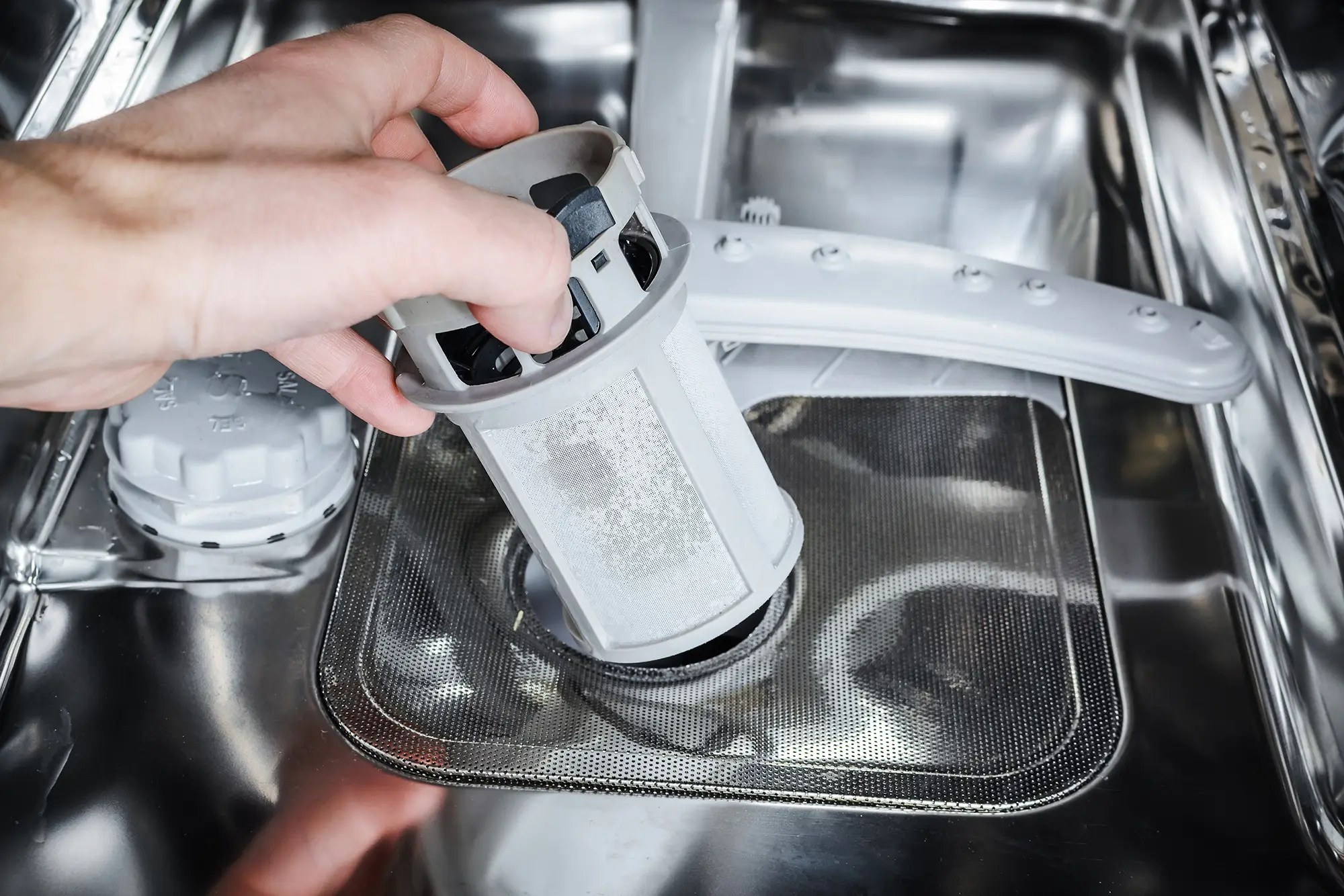
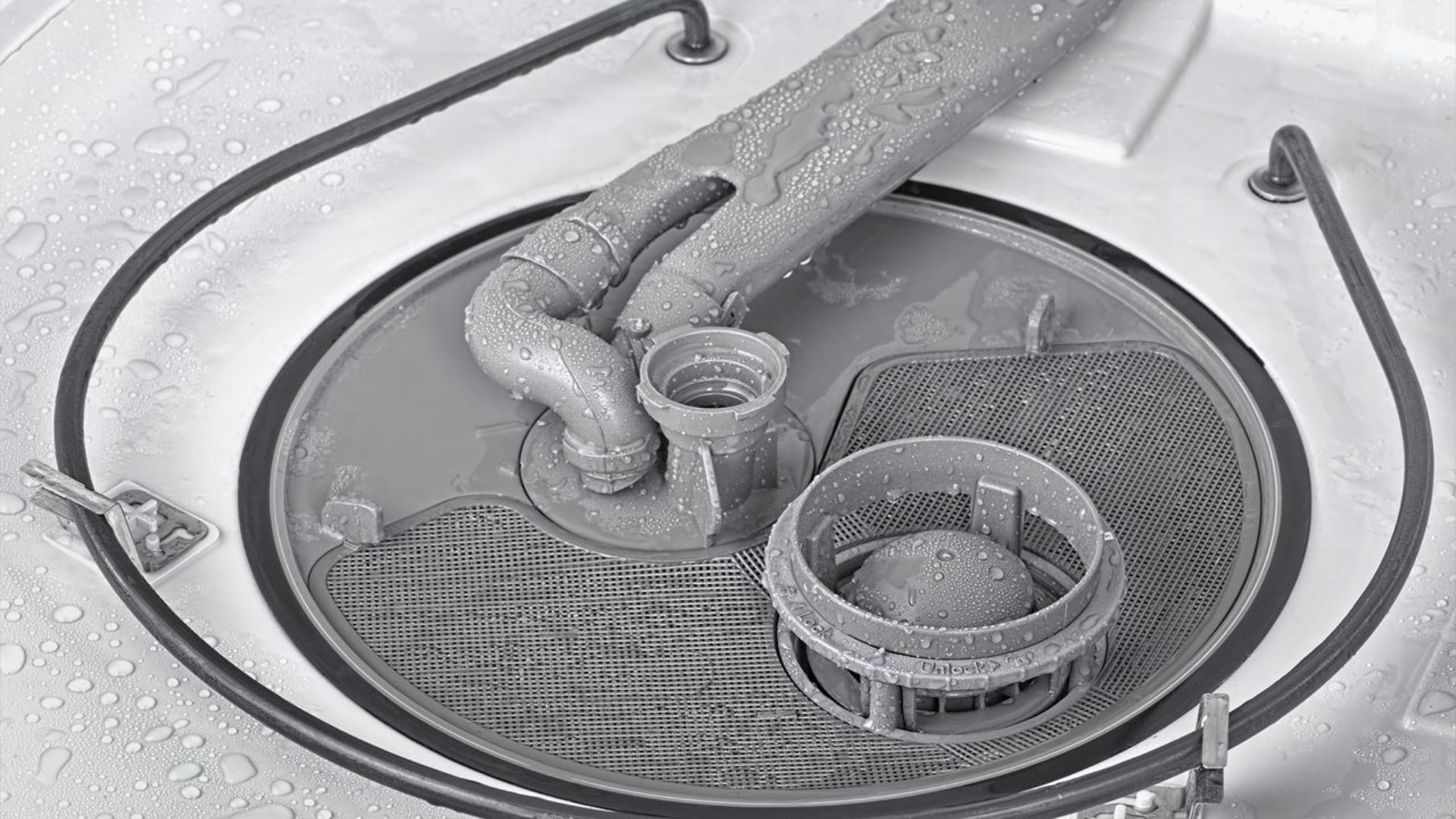
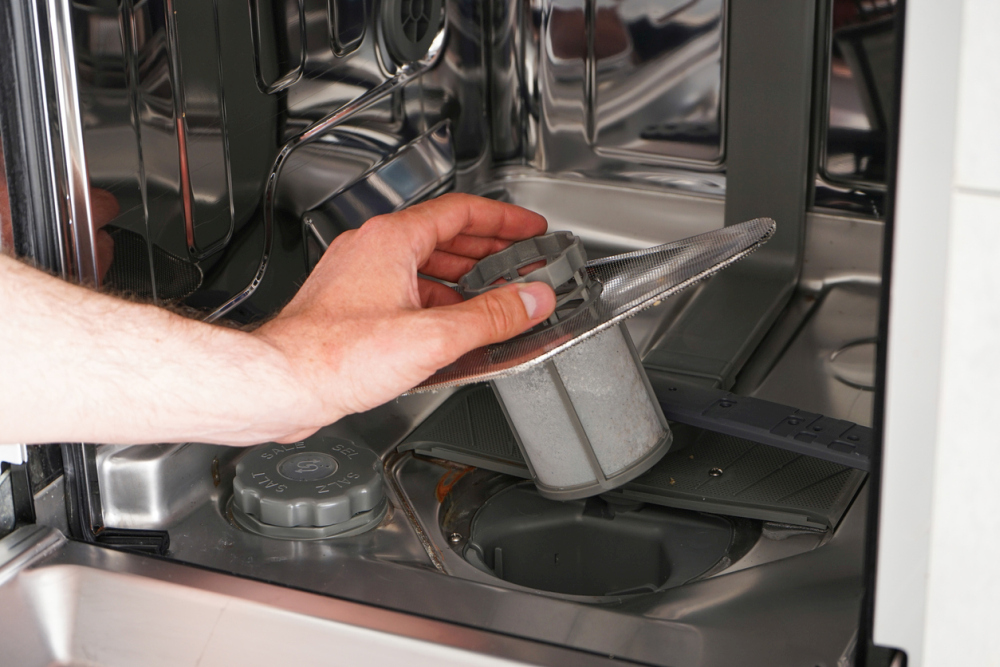
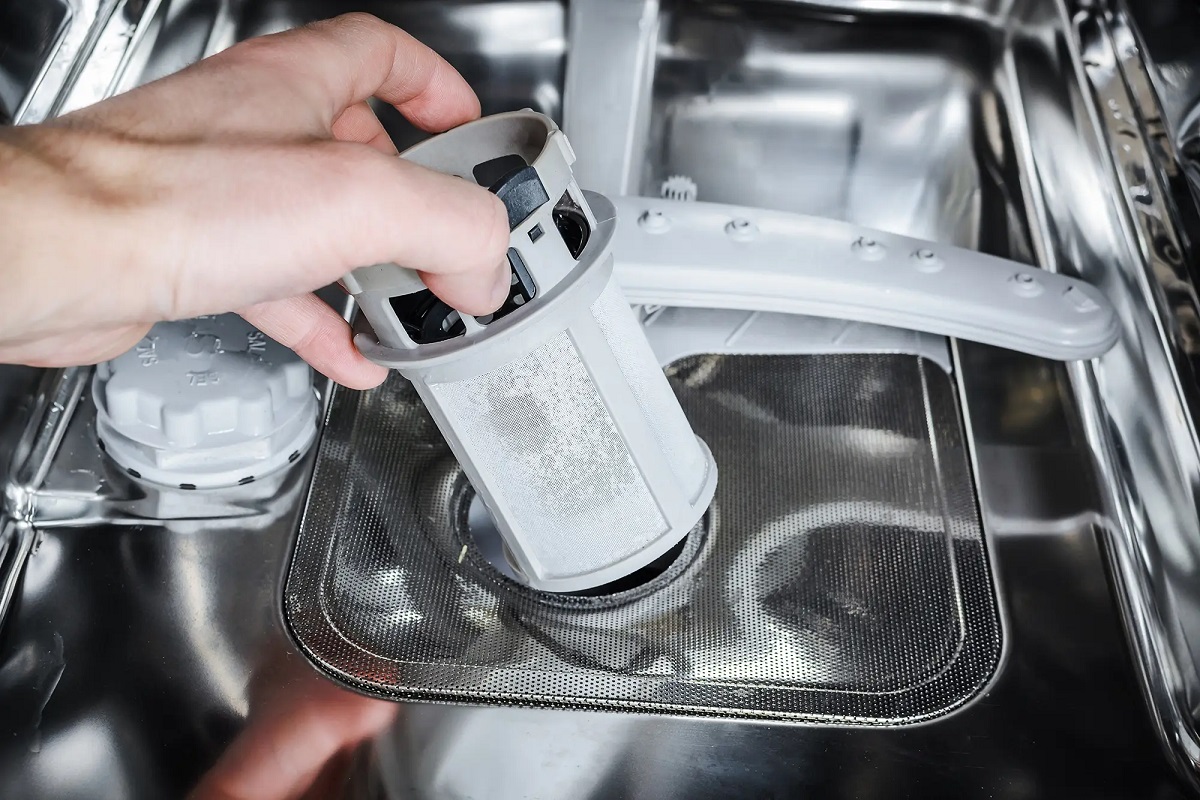
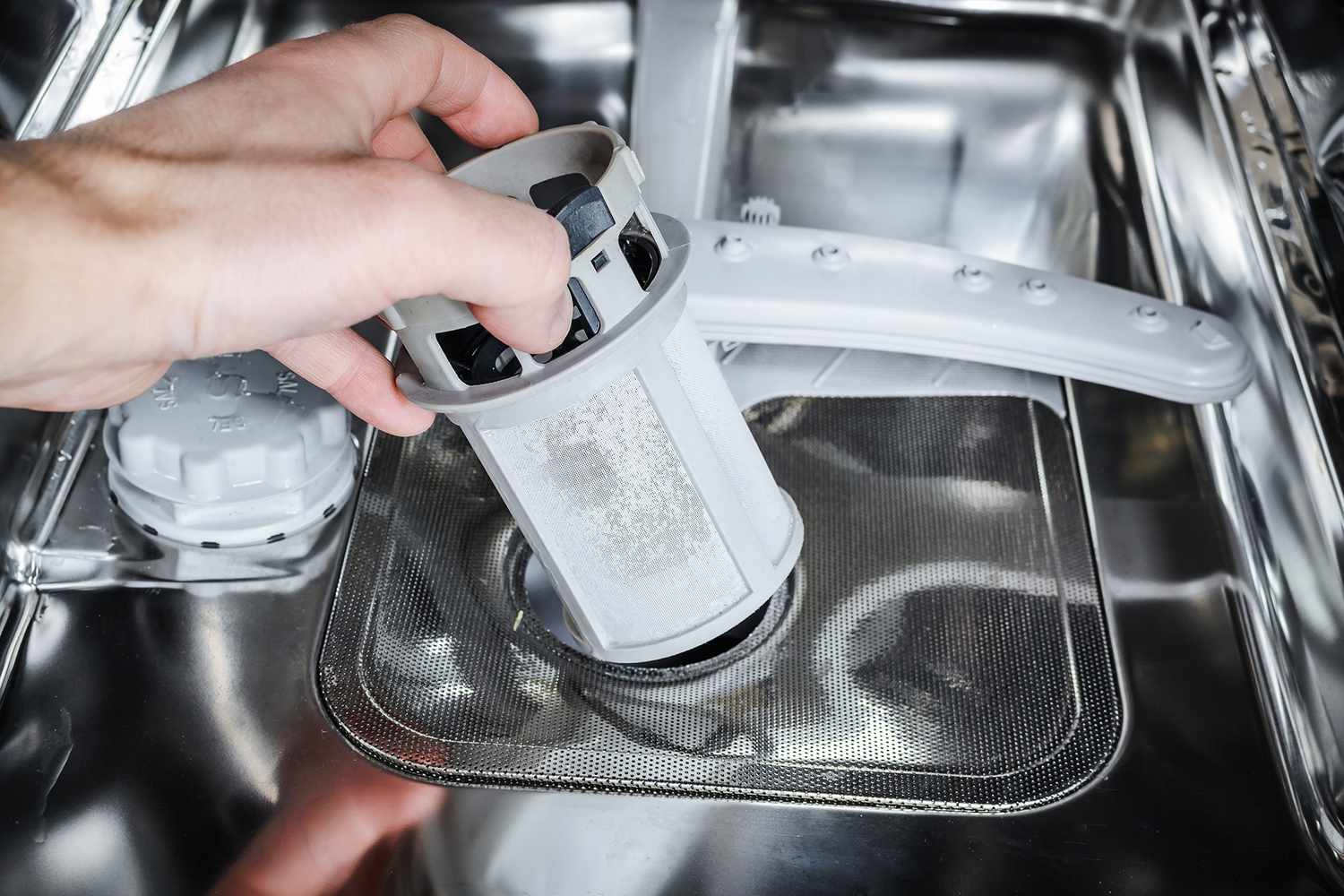
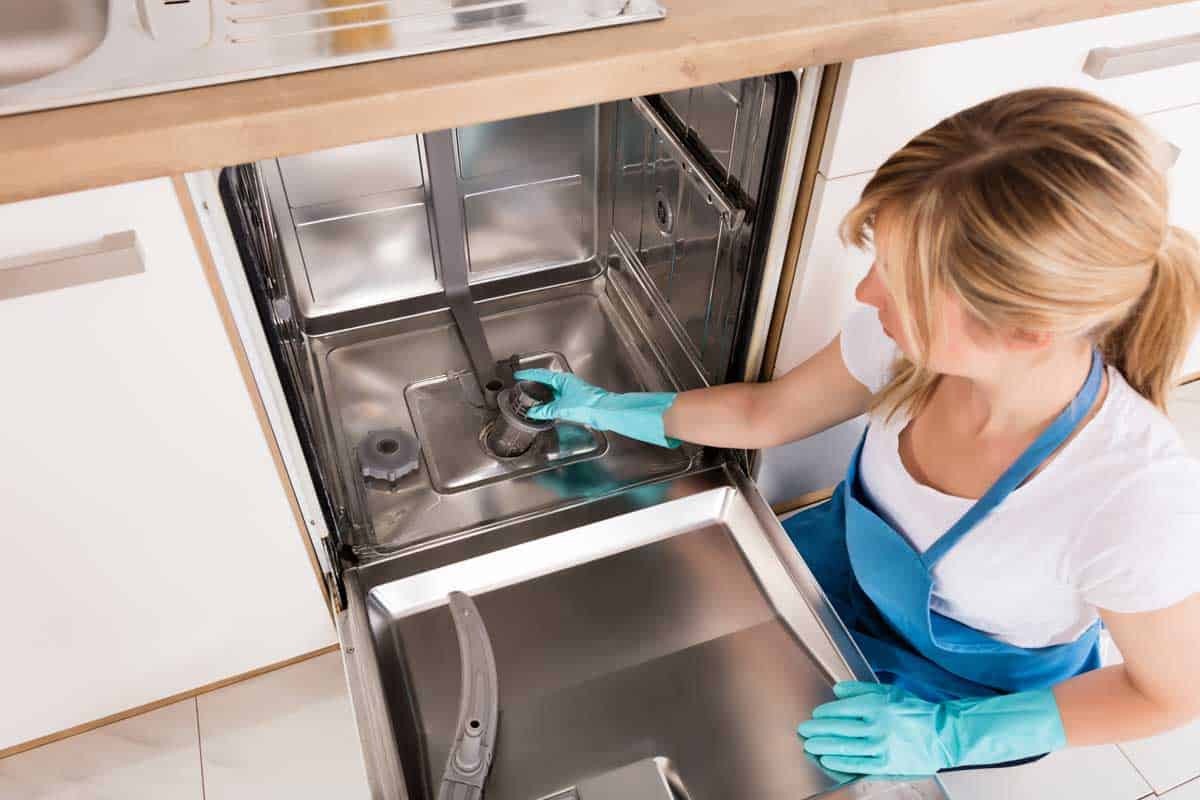
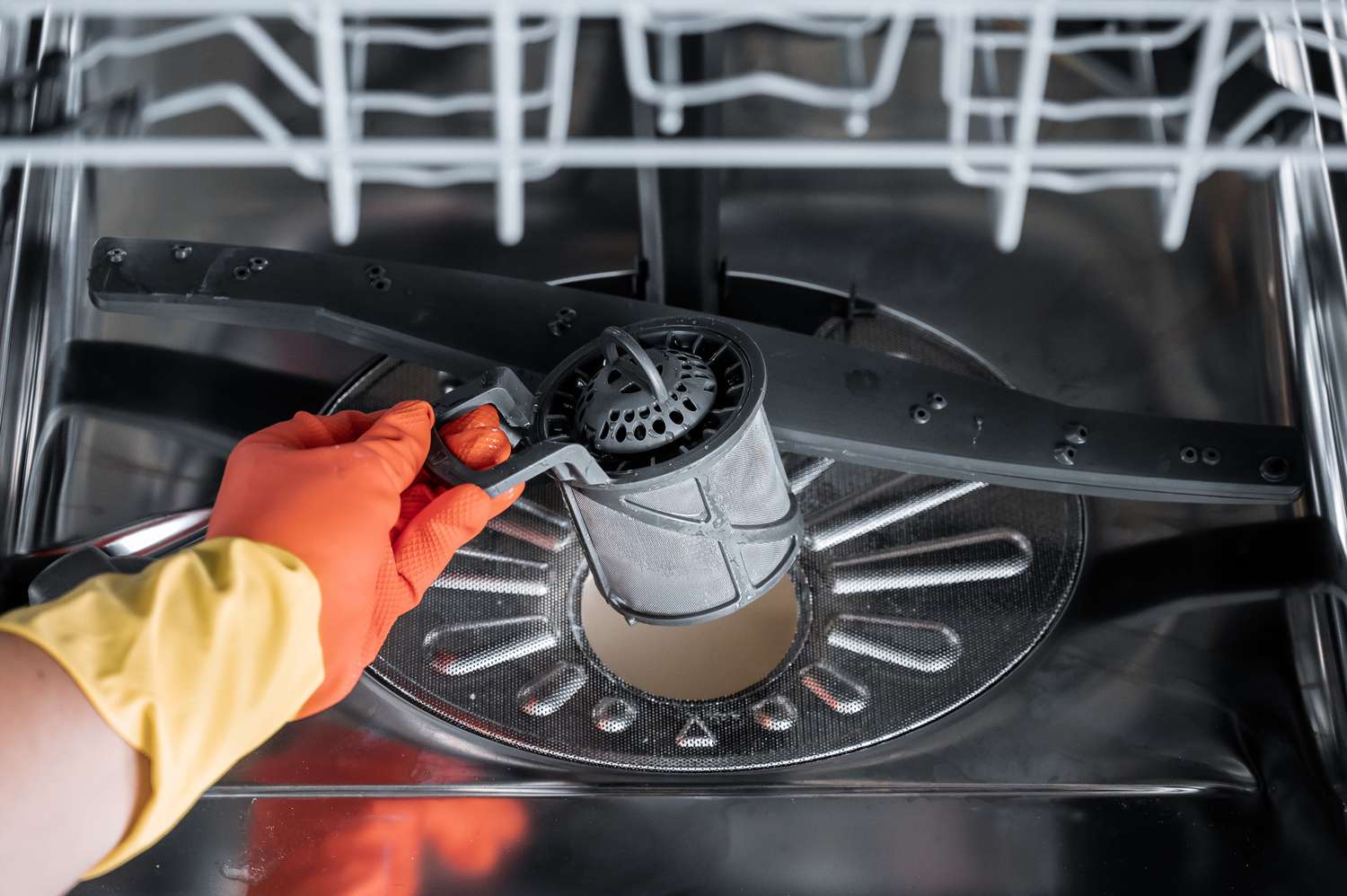

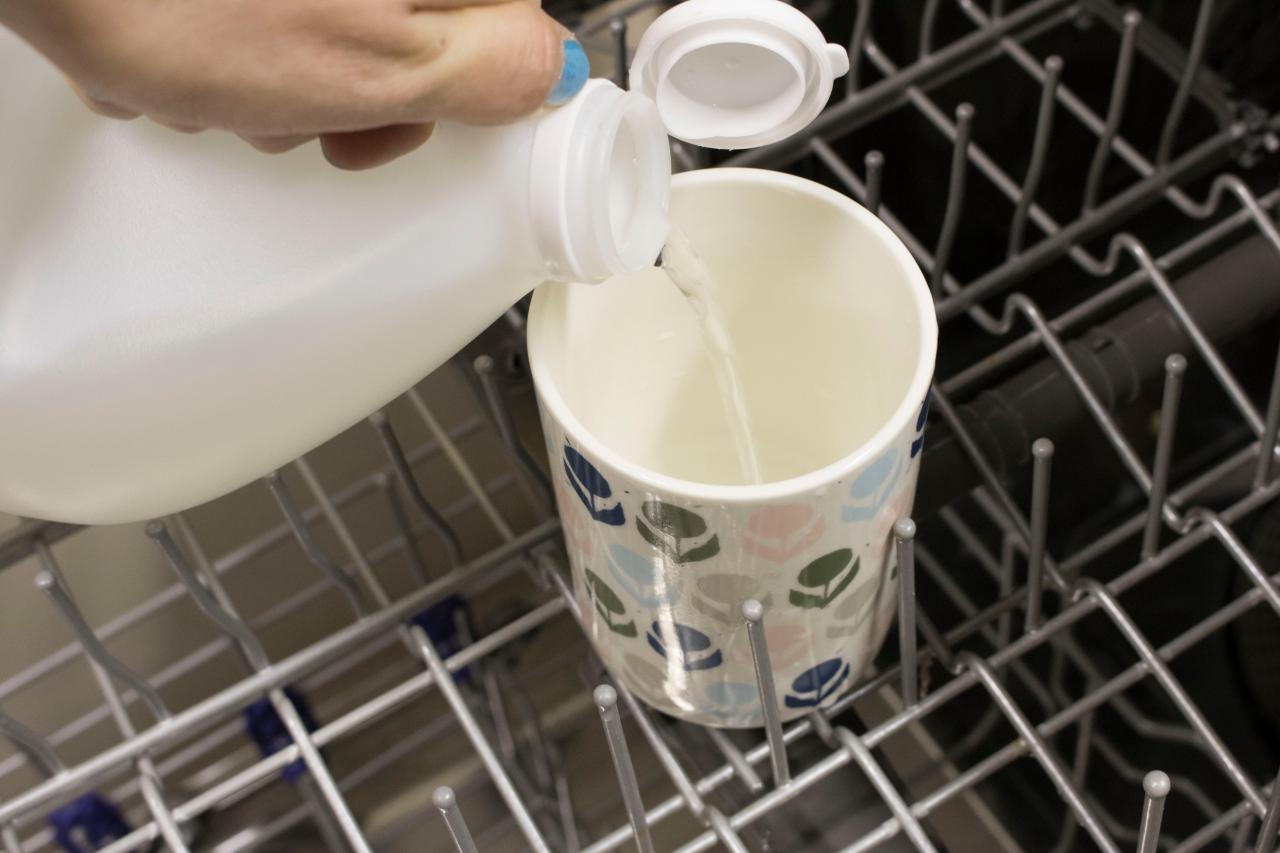
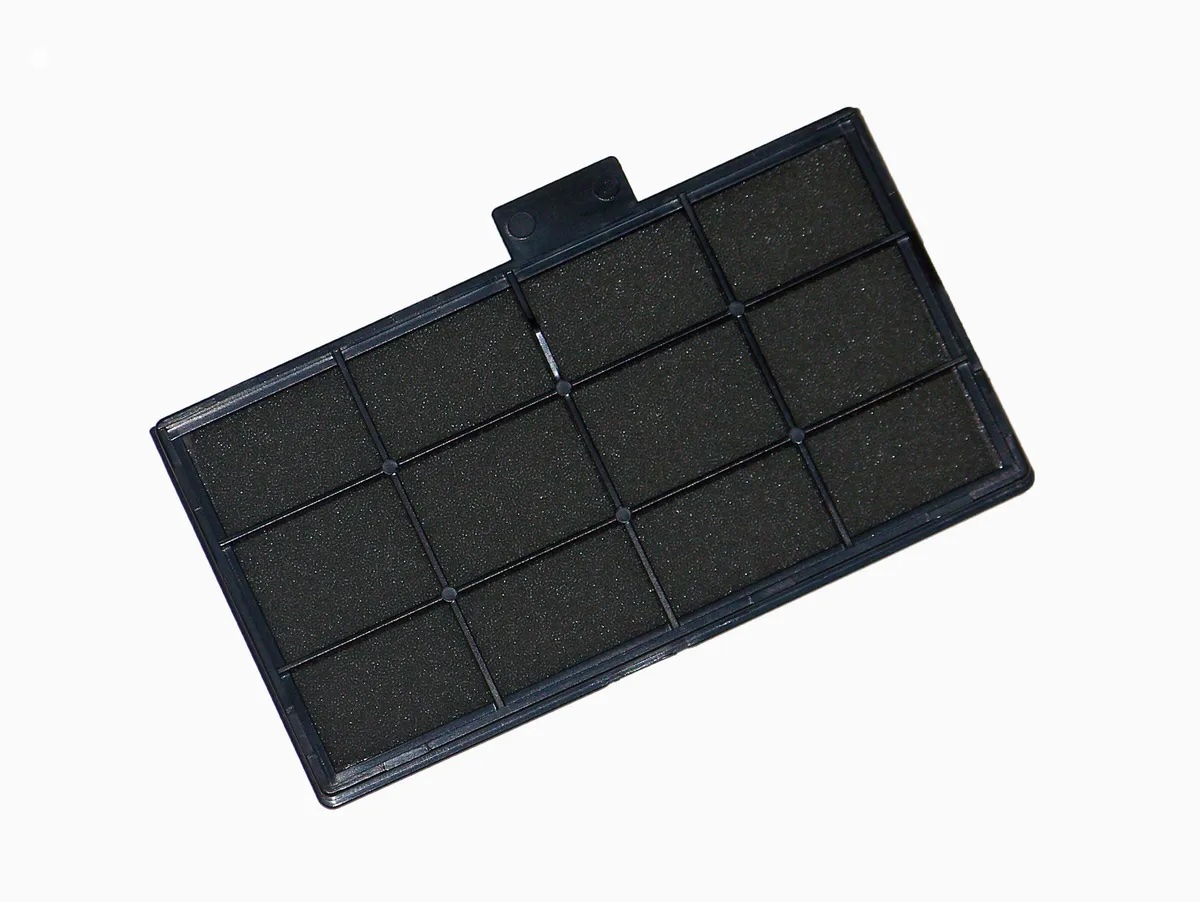

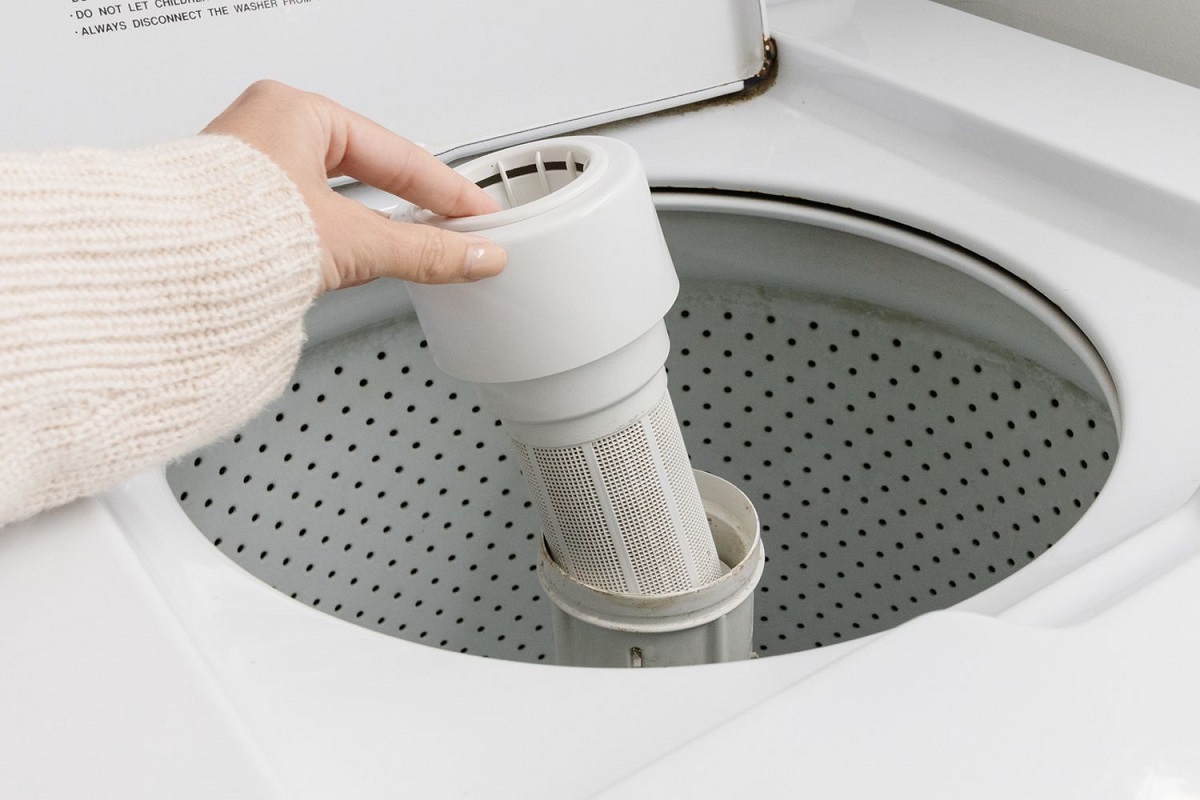
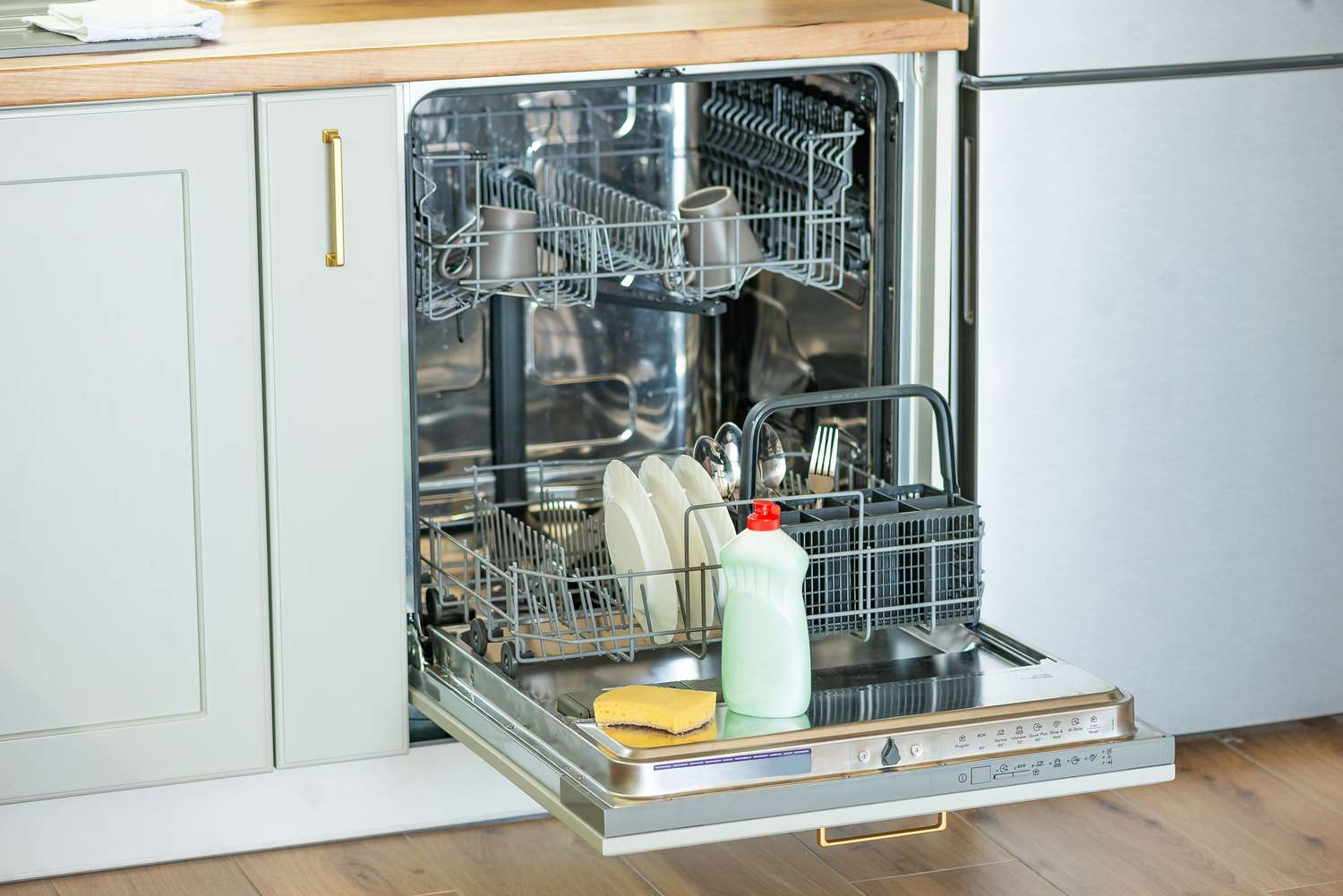

0 thoughts on “How To Clean The Dishwasher Filter”